For the uninitiated, the sheer vastness of the Rho Fiera Milano exhibition venue that plays host to Mido every year can be daunting. Nearly 60,000 delegates descended on Rho for the event – which was spread across seven pavilions and over 52,000m2 of space. There were 1,323 exhibitors, so it is easy to see why many opticians are put off visiting because they simply do not know where to start.
Optician could send a team of reporters to the event and it still would not be able to cover it all over three days, so a single team member stands no chance. A new approach was needed – how much of the show could be seen in just seven hours, or 420 minutes.
The strategy for this was, admittedly, loose. Certain pavilions, such as those hosting exhibitors from the Far East, could be crossed off the list of things to see. While they can be handy for businesses looking for goods in large volumes, for these pages and British opticians generally, it is of little interest.
Lenses and technology and the frames halls are where any Mido newbies should start, so Optician began in earnest with a visit to the Mondottica booth in the Fashion District. With a host of partner brands in its portfolio, the company always has plenty of news, but at Mido the company was particularly proud of its forthcoming Hackett Bespoke collections, the licensing agreement for which was renewed (along with Pepe Jeans), just before the show. License agreements are under scrutiny at the moment, what with fashion houses going into the eyewear sector alone, so a renewal until 2024 shows commitment to the British brands.
Global sunglasses director and brand director Ettore Pisano explained to Optician the relationship between Hackett and Mondottica goes beyond that of licensor and licensee. ‘Our relationship with Pepe Jeans and Hackett goes back to 2005 and it has really become a marriage. There is complete trust in Mondottica’s approach, and we work together collaboratively,’ he says.
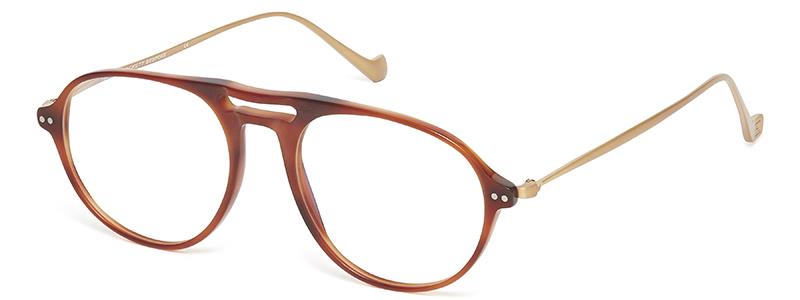
Hackett Bespoke
The Hackett Bespoke collection stays true to the values of the brand’s bespoke clothing and accessory lines – fine materials, tailored silhouettes and subtle savior faire. One of the highlights was HEB2391, a thinly-cut aviator-inspired acetate style paired with sleek metal temples. The rest of the ophthalmic range follows a similar stylish template.
Big British fashion names were also on the agenda at Cutler and Gross. The British company acquired the Paul Smith licence from Luxottica late last year, but it was Mido that presented the first opportunity to view the whole collection.
While making the trek from Fashion District to Design Lab, Optician racked its brains to think of other instances where a licensed brand with that sort of gravitas has returned to an independent eyewear manufacturer, but could not think of any.
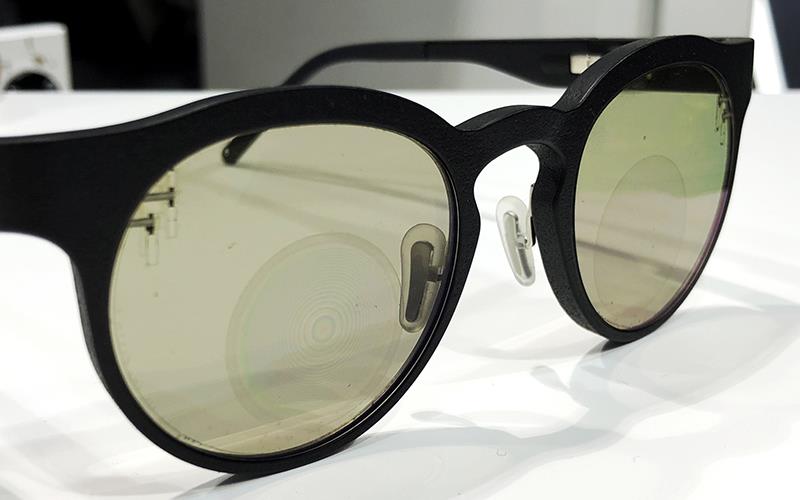
Morrow Optics
Under the stewardship of Cutler and Gross design director Marie Wilkinson and leveraging the company’s own factory in Cadore in Northern Italy, it is fair to say the collection has been shown considerably more love than in recent years. There is a joined-up aesthetic throughout the range, not just in the design language of the silhouettes, but in the detailing too. The shape of the temple tips is taken from the ‘P’ in the logo, which is also inlaid in gold onto each tip, along with the custom metal cores etched with a subtle stripe in the acetate styles. The cases have also been fully reworked. Wilkinson explains she was not the biggest fan of cases, believing objects in pockets should be no thicker than a mobile phone. Not only are the new folding cases exceptionally thin, they include a small fabric pull tab in the striped colours the brand is famous for.
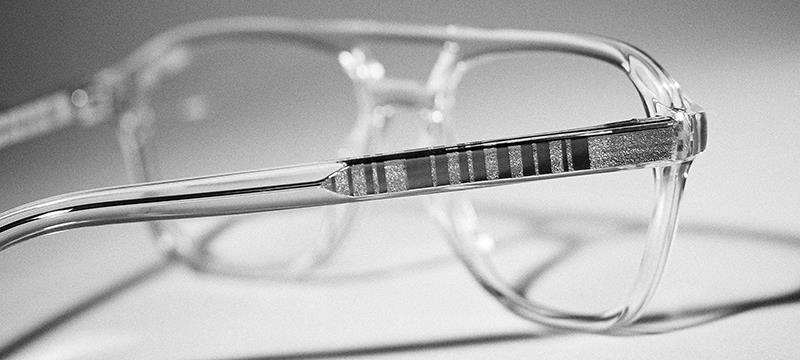
Paul Smith
Tracking progress
Spanish manufacturer Nanovista makes some of the best children’s eyewear products on the market, so when Optician happened to walk by its booth on the way to another hall, it was a great chance to find out what was new.
Finder was the company’s latest launch – the first children’s frame to incorporate GPS tracking technology. Housed within the temple tips of the Finder frames is a GPS receiver, battery and transmitter that connect to a smartphone app allowing the location of the wearer to be pinpointed.
The system, shown in prototype form at Mido, does not require the use of a SIM card and has a claimed battery life of up to five days. The battery is charged via micro USB.
In an ideal world, this product would not need to exist, but most parents will say they had instances where a child has left their sight and the panic in these situations can be terrifying. Finder aims to reduce that panic, with a product housed in a robust and child-friendly package. UK distributor Avant Garde Optical expects the full release in the coming weeks.
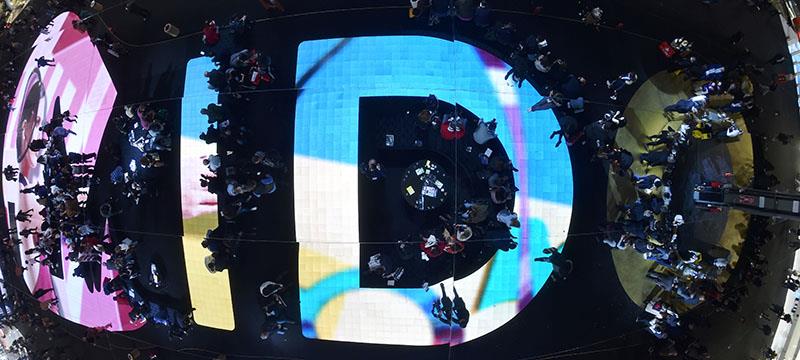
Sticking with technology, Morrow Optics will be an unfamiliar name to many, but that might be about change following the development of its electronic focus lenses and a partnership with Japanese lens manufacturer Tokai.
Founded in 2016, Morrow Optics is the brainchild of Paul Marchal and Jelle de Smet, both of whom have a background in nanoelectronics and semiconductors at the IMEC research institute in Belgium. After research into how flexible electronics could (or could not as it would turn out) be incorporated into a contact lens, the pair began to look how the technology could be integrated with a spectacle lens. The answer was to create a film that housed the semiconductors and sandwich it between two parts of a spectacle lens.
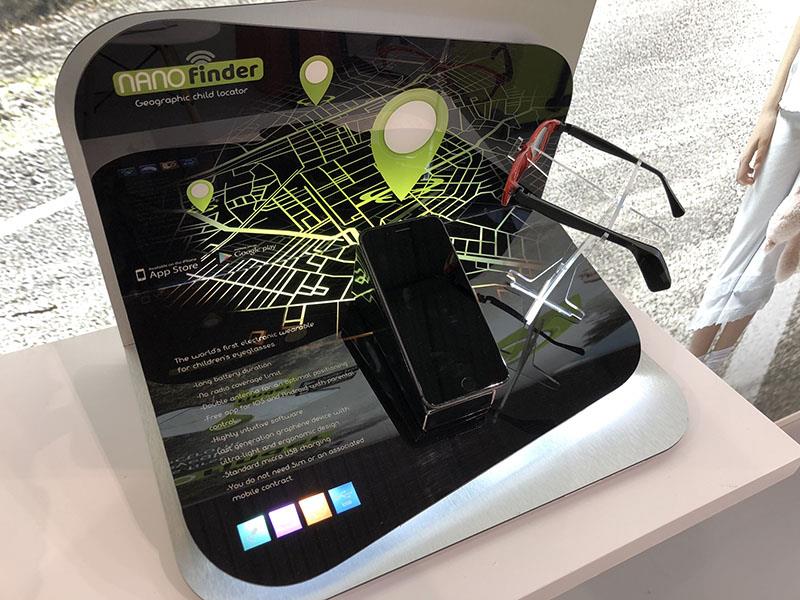
Nanovista
The refractive index of the reading addition portion of the lens can be changed by up to +1.5D, twice as much as the Mitsui Chemicals Touchfocus system Optician saw in Tokyo last year. The film-based design also allows for more flexibility with the positioning of the electrified element of the lens in relation to the optical centres. Optician had a good look at the early prototype of the lens inside a frame created by fellow Belgians, Materialise, and was impressed with how subtle the switch between distance and near was. With the Tokai partnership and expertise in nanotechnology, Morrow Optics could well be the brand to break the electrically controlled lens market.
Almost time to go
With the last airport shuttle bus of the day less than one hour away, there was just enough time for a lap of the Lab Academy, a section of the show with uniformed stands that played host to brands still in their Mido infancy.
Gazusa was one of a few weird and wonderful brands that caught Optician’s eye. The concept is based around a rimless frame that is drilled (or grooved) around the outside edge. Thread is then woven through the holes to create the illusion of an eye wire. Drilling can be spaced out to create wider gaps between the thread and metal wire can also be used. Glazing is handled by the company at its Italian factory.
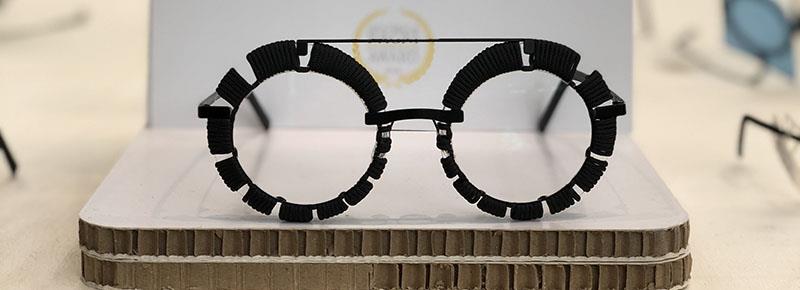
Gazusa
The Kaleidoscope collection from Kirk & Kirk does not need much help in the bright and bold stakes, but a new cat’s eye shape, Jasmine, was previewed in two new colours – fuchsia and juniper. The hefty cat’s eye shape has great depth thanks to complex faceting around the brows of the frame and as with all of the brand’s frames, is made using acrylic, which is much lighter than acetate, meaning the material can be used with greater volume with none of the associated weight.
Before Optician could try one of the gent’s frames in the new fuchsia colour, it was time to make for Malpensa. The whistle-stop tour of Mido had been rewarding but working to such time constraints might not be repeated in the future. Mido remains a must see but give yourself plenty of time.
